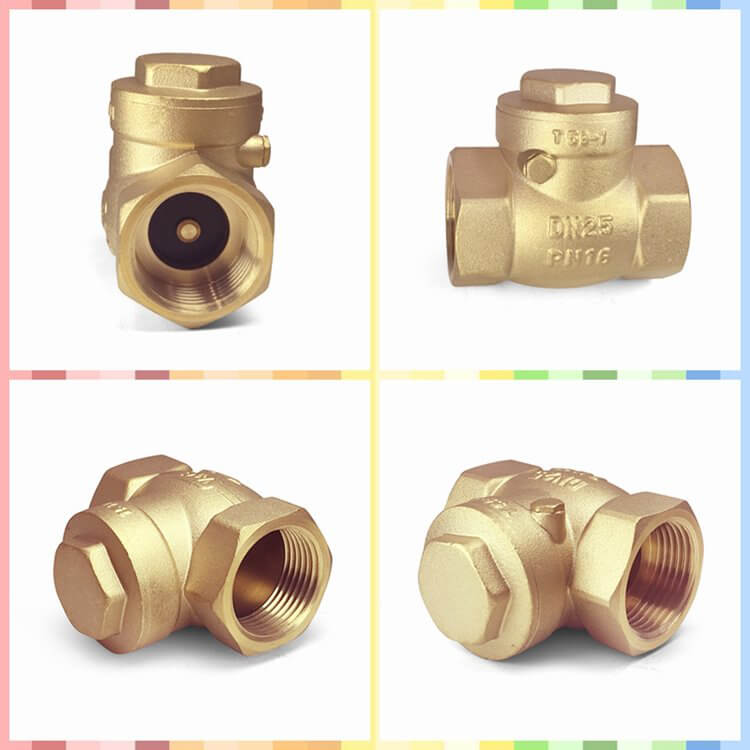© 2018 CMEC AQUA Valve Manufacturing Co.,LTD. All rights reserved. Site Map Link Designed by iwonder.cn
Check valves are probably the most misunderstood valves ever invented. If you mention check valves to most plant personnel, the typical response is “they don’t work.” In fact, those personnel may well have taken out the internals or re-piped the system to avoid check valves. In other words, these valves are the least popular valve in use today.
This article will explore the basics of check valves, how they work, what types there are, how to select and install them, how to solve their problems, and, finally, why they are not always the cause of the problem. Today, we will tell you how they work first. Next time, we will talk about check valve types.

Simply put, a check valve allows flow in one direction and automatically prevents back flow (reverse flow) when fluid in the line reverses direction. They are one of the few self-automated valves that do not require assistance to open and close. Unlike other valves, they continue to work even if the plant facility loses air, electricity, or the human being that might manually cycle them.
Check valves are found everywhere, including the home, check valves for water. If you have a sump pump in the basement, a check valve is probably in the discharge line of the pump. Outside the home, they are found in virtually every industry where a pump is located.
Like other valves, check valves are used with a variety of media: liquids, air, other gases, steam, condensate, and in some cases, liquids with fines or slurries. Applications include pump and compressor discharge, header lines, vacuum breakers, steam lines, condensate lines, chemical feed pumps, cooling towers, loading racks, nitrogen purge lines, boilers, HVAC systems, utilities, pressure pumps, sump pumps, wash-down stations, and injection lines.
Check valves are flow sensitive and rely on the line fluid to open and close. The internal disc allows flow to pass forward, which opens the valve. The disc begins closing the valve as forward flow decreases or is reversed, depending on the design. Construction is normally simple with only a few components such as the body, seat, disc, and cover. Depending on design, there may be other items such as a stem, hinge pin, disc arm, spring, ball, elastomers, and bearings. Internal sealing of the check valve disc and seat relies on fluid back-pressure as opposed to the mechanical force used for on/off valves. Because of this, allowable seat leakage rates are greater for check valves than for on/off valves. Metal sealing surfaces generally will allow some leakage while elastomers, such as Buna-N and Viton, provide bubble-tight shutoff (zero leakage). Because of this, elastomers should be considered for air/gas media, where chemically compatible, and low-pressure sealing.
If you find this article informational and entertaining, and would like to read something more, please pay attention to our next issue.